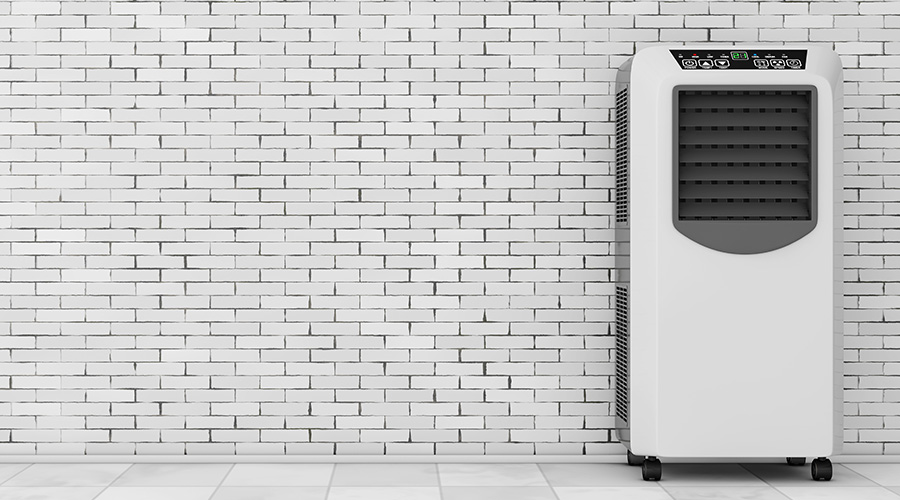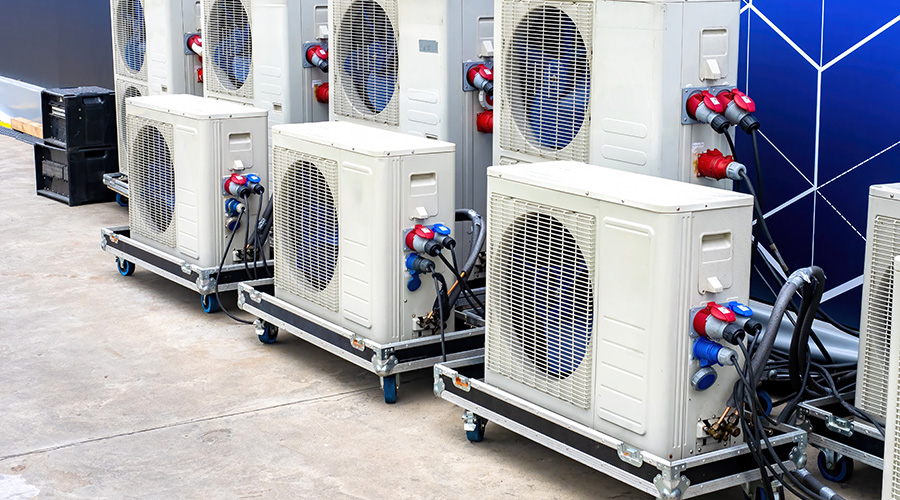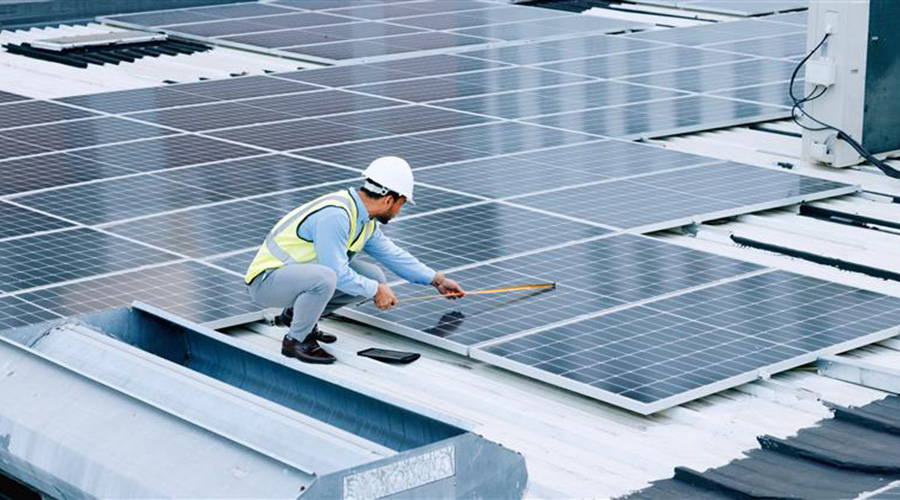Ultraviolet (UV) Light Treatments For HVAC Applications: Coil Systems
Ultraviolet light has emerged as a tool to improve indoor air quality and reduce energy costs in buildings. Two types of UV systems — coil systems and in-duct systems — are being applied to kill microorganisms that can grow in HVAC systems.
The story of how ultraviolet light came to be used in commercial and institutional facilities began back in the 1980s. That's when the term sick building syndrome entered facilities lexicon. The indoor air quality problems responsible for the syndrome could be traced to many sources. One common culprit for bad IAQ was the HVAC system, according to Tim Leach, healthcare solutions director at Steril-Aire. "HVAC systems are the number one source in a building for microbial contaminants," he says.
In most systems, the high humidity environment around the condenser coil and condensate pan is a prime environment for molds and other microbes.
When facility managers noticed their coils were choked with microorganism growth, they naturally hypothesized that the growths would cause efficiency losses in the system. Leach says their hunch was right, noting that the biofilm build-up on coils can be as much as several millimeters thick, severely inhibiting system performance.
And many also suspect that microbes can blow off the coil and enter the airstream, either landing and consequently colonizing portions of downstream ducts, or entering occupied space along with the conditioned air.
Early efforts to reduce this problem focused on arming technicians or custodial staff with chemicals that were applied to the coil and condensate pan to eradicate microorganism growth. Reports of success were varied, but obviously it often introduced cleaning agents to the air entering occupied spaces — up to several times during a 12-month span, according to Forrest Fencl, president of UV Resources — and the practice also exposed the workers cleaning HVAC systems to both the chemicals and high concentrations of microorganisms.
But several in the industry had paid attention to the use of ultraviolet light in equipment sterilization and water purification, and reasoned the same technology could be used on condenser coils.
That thinking has spawned two principal kinds of UV treatments for HVAC systems, according to Aaron Engel, vice president of marketing and communications for Sanuvox. One type is coil treatment, and the second is in-duct treatment for microorganisms.
Coil Systems
Leach explained that many microbes will adhere to wet surfaces using a starchy or sugary substance they produce as their anchor. This build up of microbial growth is called biofilm, and can grow thick enough that it effectively chokes airflow through the coil.
"Tons of energy is wasted on machines that are literally being strangled," says Fencl.
This compromises capacity in air-handling systems, according to Fencl, but placement of a UV light source close to the coil can restore coil capacity.
"UVGI has the ability to return systems back to close to the original system [specification]" he says.
UVC systems do that by killing microbial growth and the consequent shrinking of the biofilm layer on the coil.
"[Biofilm can] increase air flow velocity and moisture carry-over," says Leach. "Water is no longer efficiently running into the condensate pan, and biofilm is insulating, so it reduces heat exchange. Because it can be several millimeters thick, it can account for 10 to 40 percent efficiency loss in some systems."
Related Topics:













